Drift AI Tool Review 2025: Features, Use Cases, Pricing, and Top Alternatives Compared
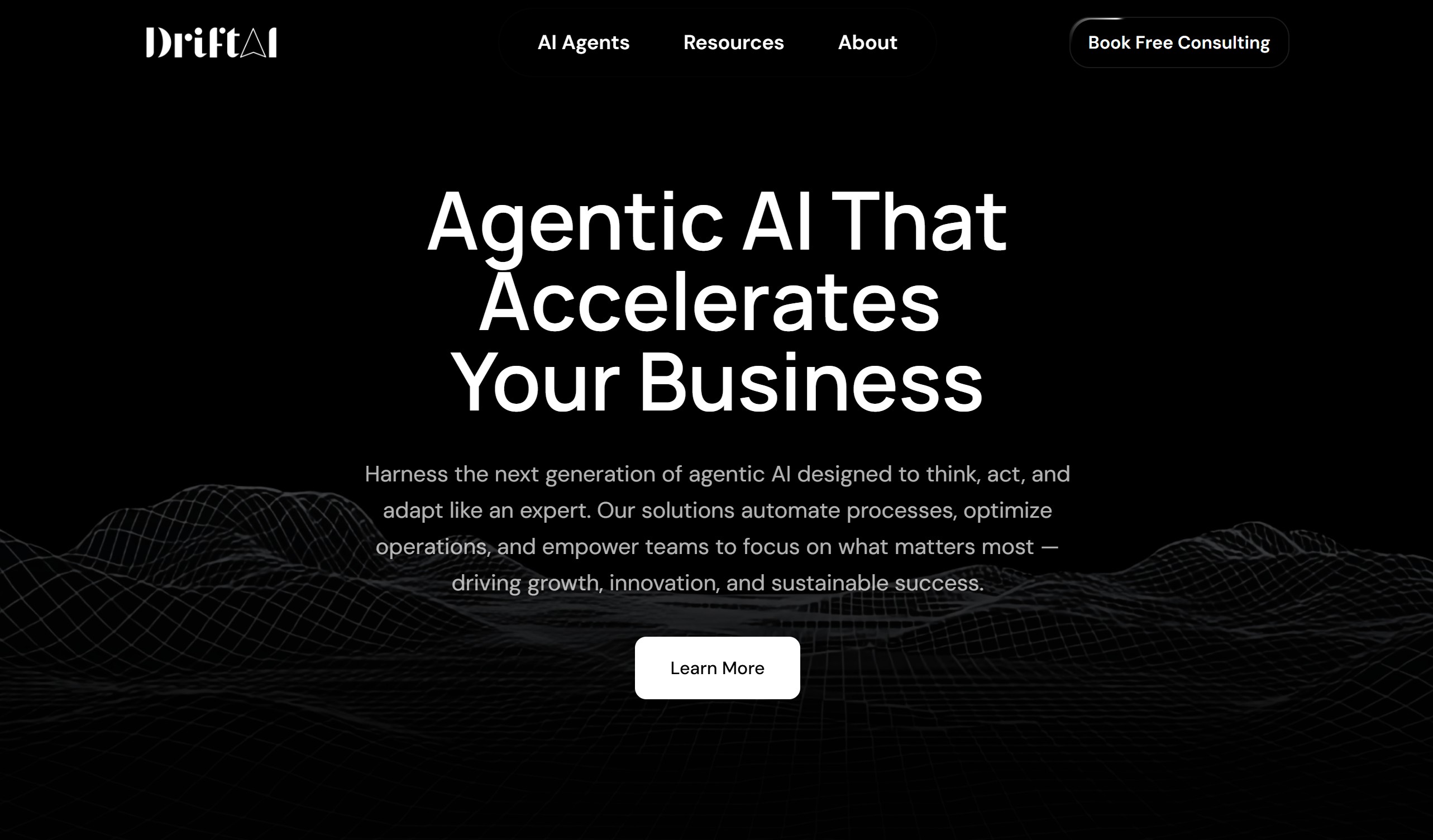
The Drift AI tool has quickly become one of the most talked-about platforms in the AI-powered productivity and customer engagement space.
At its core, Drift is known for transforming how businesses connect with prospects and customers through conversational AI, personalized engagement, and automated scheduling.
What sets Drift apart from traditional communication tools is its ability to act as an AI productivity assistant while also serving as a customer-facing engagement solution.
As businesses adopt more automation, the Drift AI tool review in 2025 is timely because it highlights how organizations are balancing efficiency with personalization.
Unlike generic chatbots, Drift’s AI uses context, intent recognition, and data-driven personalization to improve customer interactions in real-time.
From AI-powered chat and meeting scheduling to workflow automation and analytics, the platform offers a suite of features designed to improve marketing, sales, and support outcomes.
This article dives into Drift AI tool features, use cases, and real-world performance, and compares it against top competitors to help you decide whether it is the right investment for your team in 2025.
1. What is Drift AI Tool?
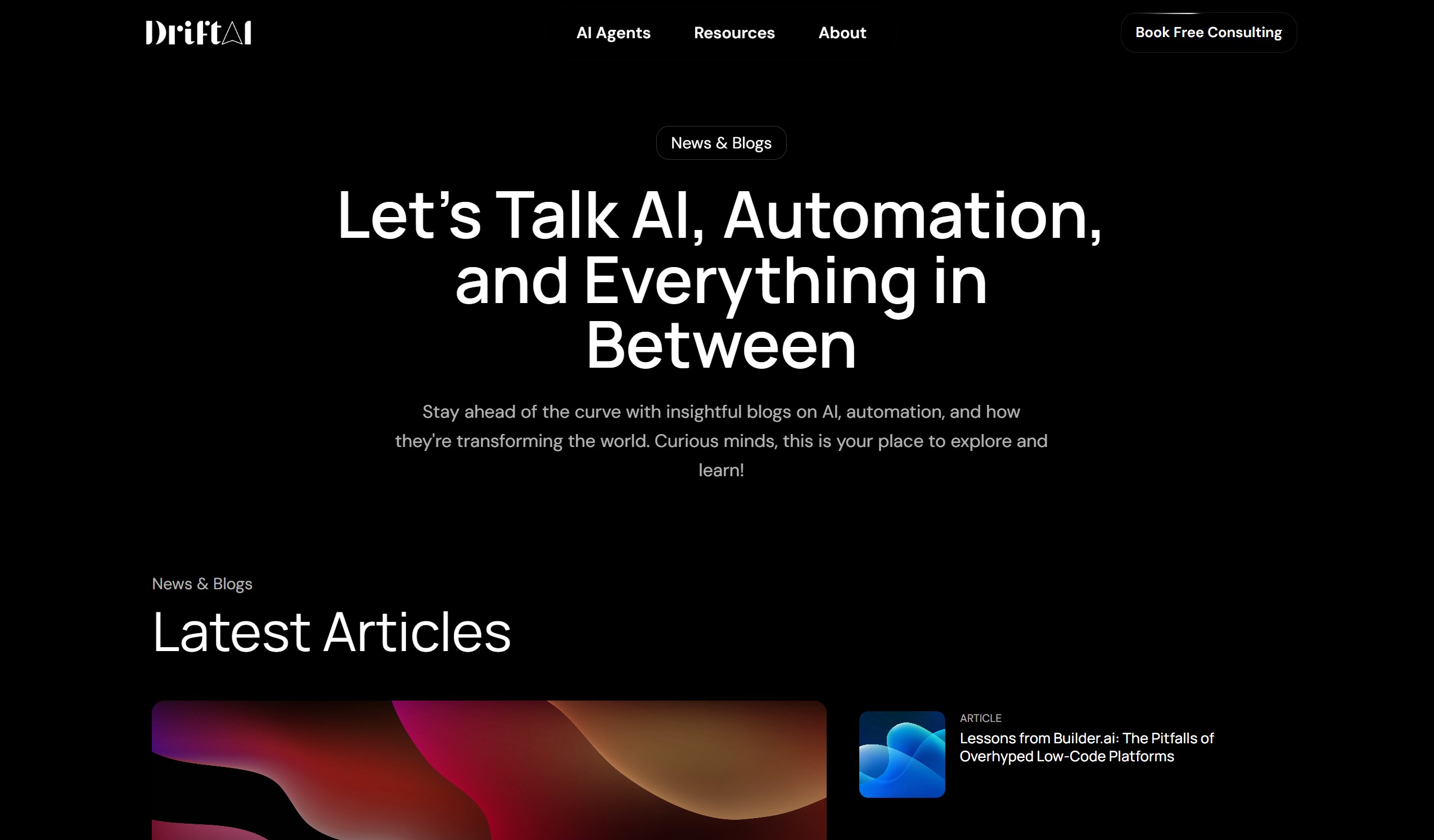
Drift is an AI-powered conversational platform designed to simplify how businesses communicate with their customers and prospects. Launched initially as a conversational marketing tool, it has evolved into a broader productivity and engagement platform powered by artificial intelligence.
At its foundation, Drift focuses on conversation-driven experiences. Rather than relying on static forms or long waiting times, Drift AI uses intelligent chat features to engage visitors instantly, qualify leads, and schedule meetings in real time. This approach reduces friction in the customer journey and enables sales teams to focus on closing deals instead of handling repetitive inquiries.
One of Drift AI’s most significant advantages is its ability to learn from data. By analyzing customer behavior, preferences, and historical interactions, the platform tailors responses and recommendations. This makes it an effective tool for personalization at scale, which is critical for companies that want to build stronger relationships with their audience.
The Drift AI tool is also deeply integrated with popular CRM and marketing platforms, making it a seamless addition to existing business workflows. These integrations ensure that data is consistent across channels, giving teams better visibility into customer journeys and improving coordination between sales, marketing, and support.
Beyond customer-facing applications, Drift also acts as an internal productivity assistant. It automates meeting scheduling, sends reminders, and provides AI-generated insights into conversations, helping professionals save time and reduce administrative tasks.
Overall, Drift represents a shift from static communication systems to dynamic, AI-driven engagement. It allows companies to provide a more human experience at scale while still leveraging automation to reduce operational costs. In this review, we’ll explore its key features, benefits, and performance in real-world business environments.
2. Key Features and Benefits of Drift AI
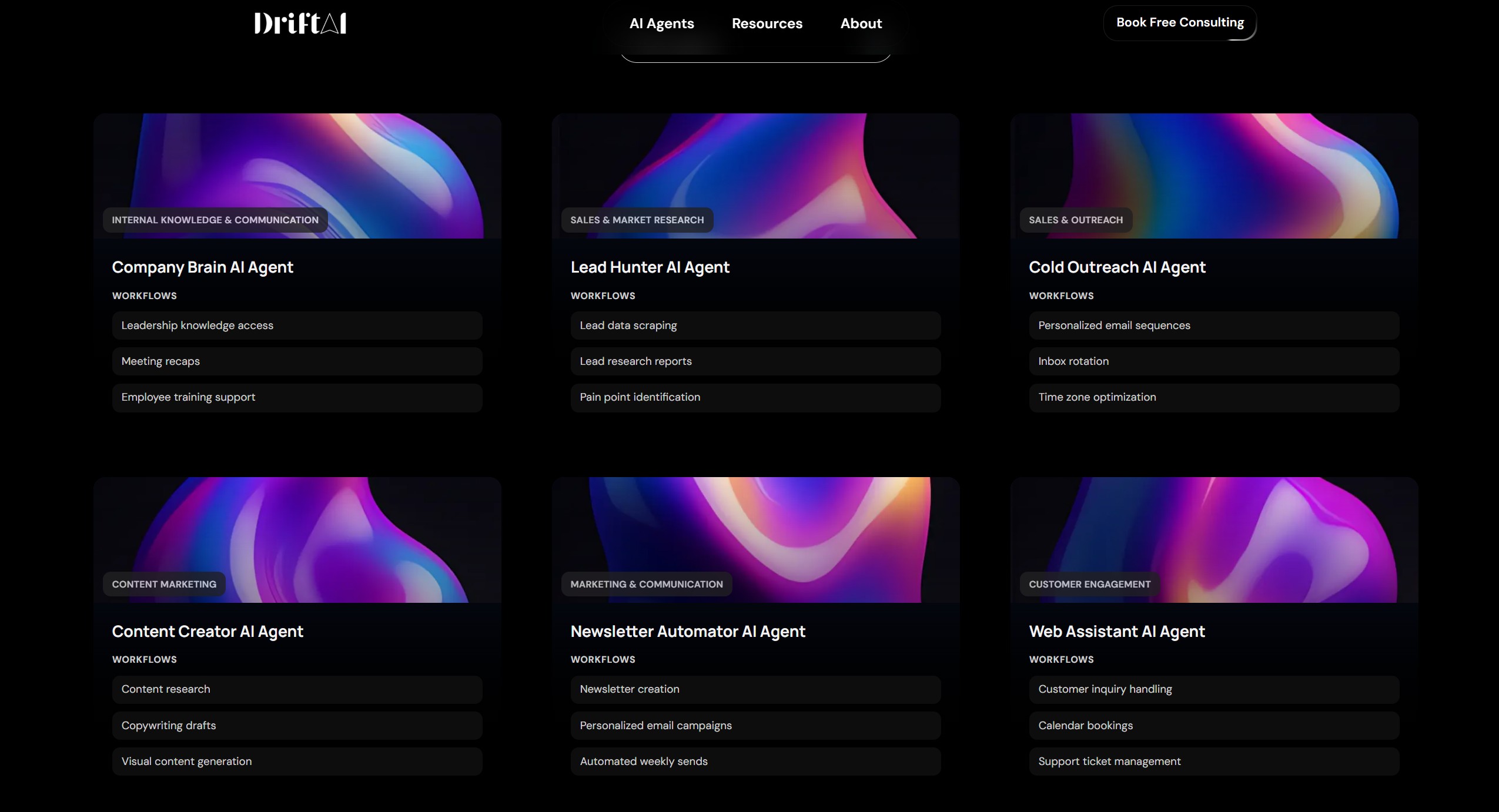
The Drift AI tool is packed with features that cater to sales, marketing, and customer success teams. Each feature is designed to improve productivity and engagement while reducing manual effort.
The first major feature is AI-powered conversational chatbots. These bots go beyond generic scripts by using natural language processing to understand user intent and provide relevant answers. They can qualify leads, answer FAQs, and escalate conversations to a human when needed.
Another powerful feature is automated meeting scheduling. Instead of the back-and-forth emails that often delay deals, Drift allows prospects to book meetings directly through the AI assistant. This reduces scheduling friction and helps sales reps focus on higher-value tasks.
Personalization at scale is one of Drift’s strongest benefits. The platform uses customer data to personalize conversations in real time, ensuring that each interaction feels relevant. This leads to improved engagement rates and higher conversion potential.
Drift also includes workflow automation, which integrates with CRMs, email platforms, and analytics tools. This automation ensures data flows smoothly between systems and reduces the manual burden on sales and marketing teams.
The tool’s analytics and reporting dashboard provides deep insights into conversation quality, engagement metrics, and pipeline impact. Businesses can track the ROI of their AI-driven engagement strategies and optimize performance based on real data.
Additional benefits include:
- AI-powered email follow-ups that ensure leads don’t fall through the cracks.
- Integration with CRM platforms like Salesforce and HubSpot.
- Scalability, making it suitable for small businesses and large enterprises.
- Customer-centric design, which focuses on human-like conversations rather than robotic responses.
In practice, Drift AI improves productivity by automating low-value tasks while empowering sales and support teams to focus on strategic interactions. Its combination of personalization, automation, and analytics makes it one of the best AI tools for businesses aiming to streamline workflows and enhance customer engagement.
3. Drift AI Tool Review 2025: Real-World Performance
In 2025, the Drift AI tool continues to stand out as a leader in conversational AI and productivity solutions. Businesses that have adopted Drift report significant improvements in customer engagement and sales efficiency.
From a usability perspective, Drift’s interface is intuitive and requires minimal technical expertise. Teams can set up chatbots, integrate calendars, and connect CRMs without extensive onboarding. This makes it appealing for beginners while still offering depth for advanced users.
One area where Drift excels is conversion optimization. Businesses have noted a measurable increase in qualified leads thanks to Drift’s AI-driven qualification process. Instead of waiting for form submissions, prospects can interact directly with the AI assistant, which accelerates the sales funnel.
Drift’s integration ecosystem adds to its strengths. It connects with over 50 popular platforms, including Salesforce, HubSpot, Marketo, and Slack, ensuring that AI-powered engagement fits seamlessly into existing workflows.
However, like any tool, Drift has its challenges. Some users mention that advanced personalization features require fine-tuning and that costs may be higher than smaller businesses expect. Despite these concerns, the ROI is often justified by increased lead generation and time saved.
4. Pros and Cons of Drift AI Tool in 2025
Every AI-powered platform has its strengths and weaknesses, and Drift AI is no exception. While it has emerged as one of the best AI tools for customer engagement and productivity, evaluating its pros and cons is essential to determine whether it is the right choice for your business.
On the pros side, Drift’s ability to provide instant engagement is its most significant advantage. Businesses no longer have to wait for website visitors to fill out forms. Instead, Drift AI engages users instantly, qualifying them and even booking meetings without human intervention. This drastically reduces delays in the sales process and helps teams capture leads while interest levels are at their peak.
Another strength is personalization at scale. Unlike generic chatbots, Drift uses AI-driven context and data to provide meaningful interactions tailored to each visitor. This ensures conversations feel relevant rather than robotic, which increases engagement rates and improves brand trust.
Drift AI also shines in its integration ecosystem. The platform connects seamlessly with CRMs like Salesforce, HubSpot, and Marketo, allowing customer data to sync automatically across workflows. This level of integration ensures that sales, marketing, and support teams operate with aligned information, reducing friction in the customer journey.
Automation and scheduling are further highlights. Drift’s meeting scheduling tool removes the back-and-forth emails traditionally required to confirm a time. Prospects can book directly with sales reps, saving time for both customers and employees. Combined with AI follow-ups and conversation history tracking, this makes Drift an end-to-end engagement solution.
From a reporting perspective, Drift AI provides detailed analytics on lead conversion, conversation performance, and ROI tracking. These insights help managers identify which strategies are working and where improvements are needed, making Drift a data-driven platform rather than just a chatbot solution.
However, Drift is not without its cons. The first common concern is pricing. For small businesses and startups, Drift’s advanced plans may feel expensive compared to alternatives that offer lighter AI functionality at a lower cost. This makes Drift more appealing to mid-sized and enterprise-level organizations that can justify the investment with higher lead volumes.
Another limitation is configuration complexity for advanced features. While Drift is beginner-friendly at its core, businesses that want to take advantage of deep personalization or highly custom workflows may require additional setup time and technical expertise. Some users report that this learning curve can delay full adoption.
There are also design limitations in chatbot customization. While Drift focuses heavily on conversation quality, some users feel restricted when trying to fully brand the look and feel of chat widgets compared to more design-oriented competitors.
Performance-wise, Drift generally excels, but occasional AI misinterpretations can occur when customers phrase questions unusually. Although this is improving with each update, it highlights the ongoing challenge of perfecting natural language understanding in AI systems.
When compared with competitors such as Intercom or HubSpot’s conversational AI, Drift stands out for its deep sales focus and scheduling automation. Intercom may offer better community-driven support features, while HubSpot integrates more tightly with its own ecosystem. However, Drift’s specialization in accelerating sales conversations gives it a unique competitive edge.
Summary of Drift AI Pros
- Instant engagement with AI-driven conversations.
- Personalization at scale using customer context.
- Seamless CRM integrations with major platforms.
- Automated scheduling and follow-up.
- Strong analytics and ROI tracking.
Summary of Drift AI Cons
- Pricing may be too high for smaller teams.
- Advanced personalization requires technical setup.
- Limited customization in chatbot design.
- Occasional misinterpretations in AI responses.
In conclusion, the pros of Drift AI far outweigh its cons for businesses that prioritize customer engagement, lead conversion, and sales acceleration. For organizations willing to invest in a robust AI solution, Drift provides measurable improvements in productivity and customer satisfaction. Smaller teams, however, may want to evaluate cost-effective alternatives before committing.
5. Drift AI Tool vs Competitors: A Comprehensive Comparison
When evaluating the Drift AI tool, it’s essential to see how it stacks up against leading competitors such as Intercom, HubSpot AI, LivePerson, and Freshchat. Each platform brings unique strengths to customer engagement and productivity, but they also reveal Drift’s competitive positioning.
Intercom vs Drift
Intercom is often compared to Drift because both platforms are leaders in conversational AI and customer support. Intercom offers more community-driven support tools like help centers and ticketing systems, whereas Drift focuses more on sales acceleration and instant scheduling. Drift’s automation excels in qualifying leads quickly, but Intercom provides stronger post-sale customer engagement features.
- Drift = better for sales and lead capture.
- Intercom = better for long-term support and customer retention.
HubSpot AI vs Drift
HubSpot integrates AI deeply across its marketing, sales, and service hubs. Its strength lies in being a full-stack CRM with AI capabilities rather than a specialized engagement tool. Drift, however, offers faster deployment for teams that want instant results without switching to a new CRM.
- Drift = sales-first, lightweight, and quick adoption.
- HubSpot AI = best for teams already invested in the HubSpot ecosystem.
LivePerson vs Drift
LivePerson is a strong player in enterprise AI communication, particularly for large-scale customer service. It provides multi-channel AI engagement (SMS, WhatsApp, web chat), making it ideal for companies with global audiences. Drift, by contrast, focuses narrowly on website chat and scheduling, which can be more effective for B2B lead generation but less versatile across channels.
- Drift = targeted for B2B sales and web engagement.
- LivePerson = broad, enterprise-grade, multi-channel engagement.
Freshchat vs Drift
Freshchat, part of Freshworks, is a budget-friendly AI chat platform that appeals to small and mid-sized businesses. While it offers chatbot automation, it lacks the deep sales features Drift provides, such as instant meeting scheduling and advanced revenue attribution. Drift is the stronger choice for businesses prioritizing ROI, but Freshchat is more affordable for smaller teams.
- Drift = premium, sales-driven AI platform.
- Freshchat = affordable, lightweight alternative.
Zendesk AI vs Drift
Zendesk AI emphasizes customer service and ticket management with AI enhancements like sentiment analysis and ticket routing. Drift, however, is more proactive, engaging visitors before they submit tickets. This makes Drift better for sales and pre-support interactions, while Zendesk AI shines in handling customer service backlogs.
- Drift = proactive sales and pre-support conversations.
- Zendesk AI = reactive support ticket management.
Key Differentiators of Drift AI
- Sales-First Focus: Drift is optimized for accelerating sales pipelines rather than general support.
- Scheduling Power: Drift integrates instant meeting booking, a feature most competitors lack.
- CRM Integrations: Drift syncs seamlessly with Salesforce, HubSpot, and Marketo, making it a natural fit for sales teams.
- Premium Pricing: Competitors like Freshchat and Zendesk are more affordable but less specialized.
Drift AI vs Competitors: Comparison Chart
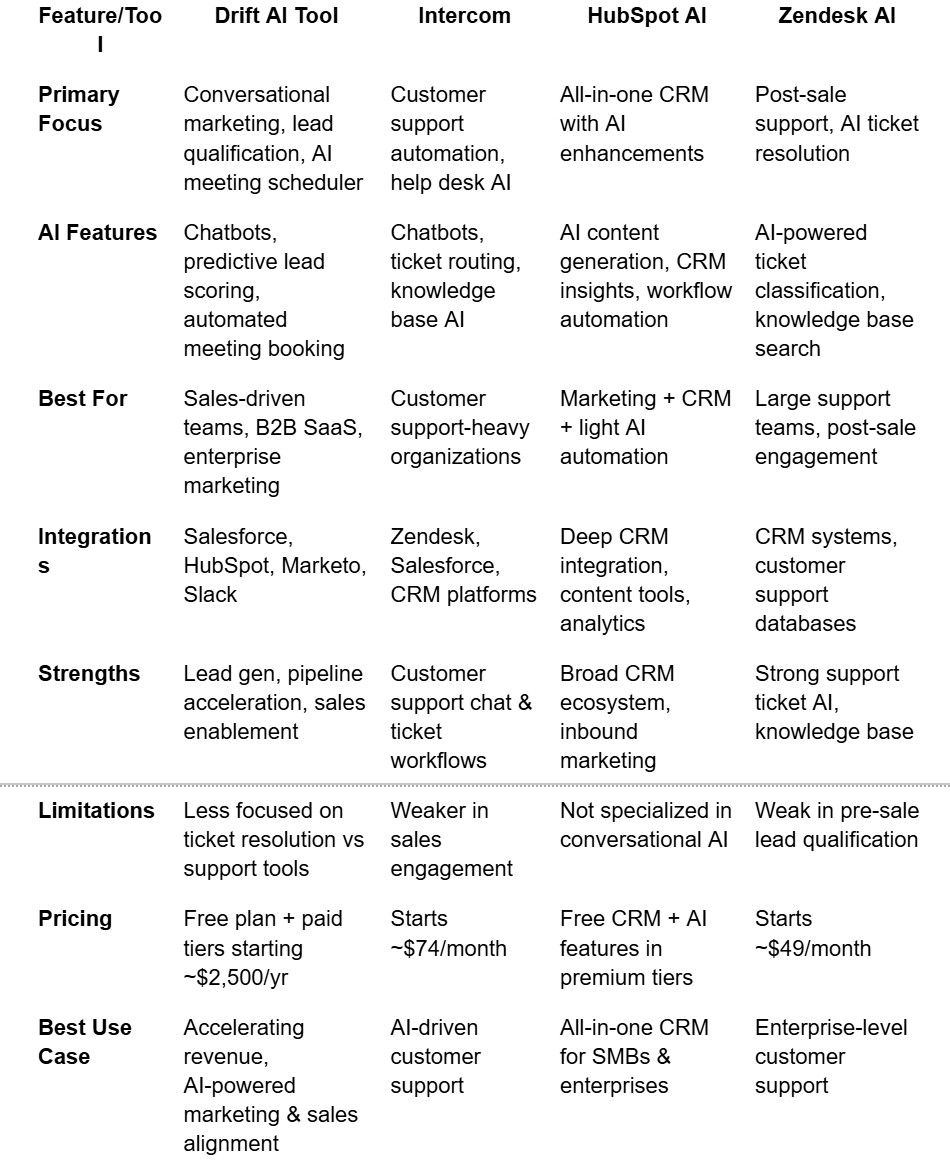
6. Future of Drift AI Tool and Market Trends
The Drift AI tool is positioned at the intersection of conversational marketing and AI-driven productivity. With the market for AI-powered customer engagement platforms projected to reach $47 billion by 2030, Drift is expected to expand its influence in both enterprise and mid-market organizations.
Businesses are moving toward AI workflow automation platforms that integrate scheduling, chat, analytics, and CRM into a seamless ecosystem. Drift’s recent enhancements show a clear intent to not just remain a chatbot solution but to evolve as a smart AI productivity assistant for sales and marketing.
One of the major trends shaping its future is predictive engagement. Instead of waiting for users to initiate contact, Drift AI could use behavioral data to start conversations proactively, saving time and increasing lead quality.
Similarly, the integration of AI task prioritization software ensures that sales teams can focus their attention on high-value accounts instead of wasting effort on unqualified leads. This aligns with broader trends where personalization at scale is expected from customer-facing AI tools.
Statistics suggest that 68% of sales professionals believe AI tools like Drift improve efficiency by eliminating repetitive tasks. This validates Drift’s positioning as more than just an AI chat system—it is becoming a workflow partner.
- Drift is investing in multilingual support for global brands.
- Mobile-first optimization will be a key focus as remote work continues.
- AI-driven compliance and security will remain competitive differentiators.
Ultimately, the future of Drift AI will be shaped by how well it balances automation with human-like interaction, ensuring conversations remain authentic while improving efficiency.
7. Drift AI Tool vs Competitors
When evaluating Drift AI against competitors, the most common comparison is with Intercom, HubSpot, and Zendesk AI. While all provide customer-facing automation, Drift positions itself uniquely as a conversational-first engagement tool.
Compared to Intercom, Drift focuses heavily on AI meeting scheduling and lead routing, while Intercom emphasizes customer support ticketing. For companies prioritizing revenue alignment, Drift tends to outperform.
HubSpot’s AI tools are broader, covering CRM, content, and analytics, but Drift’s AI-powered conversation assistant is deeper in chat personalization. Businesses often integrate both rather than choose one.
Zendesk AI, on the other hand, specializes in post-sale support. Drift is stronger in lead qualification and pipeline acceleration, making it better suited for top-of-funnel interactions.
- Drift: Best for sales-driven teams that need AI meeting scheduler + chat.
- Intercom: Best for customer support-heavy organizations.
- HubSpot AI: Best all-in-one CRM with lighter conversational AI features.
- Zendesk AI: Best for resolving support tickets with AI-powered knowledge base.
In essence, Drift competes effectively by focusing on sales enablement, conversational marketing, and workflow automation, areas where generalist AI tools often fall short.
8. Use Cases and Best Fit Scenarios
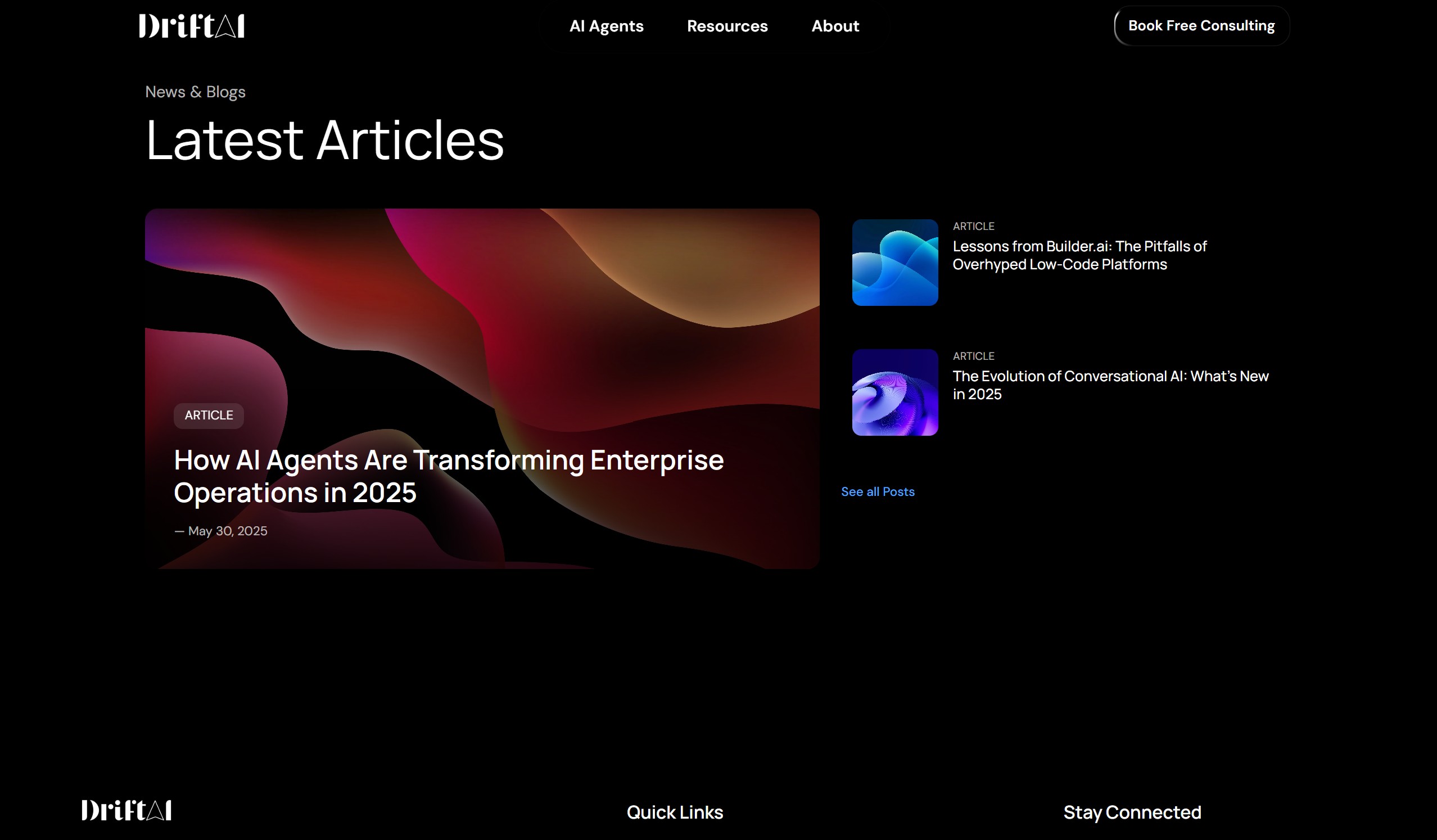
The Drift AI tool is best suited for sales and marketing teams, but its applications extend beyond traditional customer engagement.
For B2B SaaS companies, Drift can dramatically reduce lead response times. Studies show that engaging a lead within five minutes increases conversion rates by up to 900%, and Drift’s AI assistant ensures no opportunity is missed.
In enterprise sales cycles, Drift automates meeting scheduling, follow-ups, and reminders, freeing reps to focus on relationship-building. This is especially impactful in industries like financial services, where timing is critical.
For SMBs, Drift works as a cost-effective AI productivity assistant, allowing small teams to automate at scale without hiring additional staff.
- B2B SaaS → Faster lead conversion.
- Enterprise sales → Automated scheduling & follow-ups.
- SMBs → Affordable AI-powered workflow automation.
- Global companies → Multilingual conversational engagement.
By embedding itself into workflows, Drift transforms from a chatbot into a strategic AI project management assistant that connects tasks, conversations, and analytics seamlessly.
9. FAQ Section
1. What is the Drift AI tool used for?
Drift AI is primarily used for conversational marketing, AI-powered meeting scheduling, and automating lead qualification.
2. Is there a free version of Drift AI?
Yes, Drift offers a limited free plan, but advanced AI workflow automation features are included in paid tiers.
3. How does Drift AI compare to Intercom or HubSpot?
Drift is stronger in sales engagement and meeting automation, while Intercom and HubSpot focus more on customer support and CRM, respectively.
4. Can Drift AI be used for enterprise teams?
Absolutely. Drift is widely used in enterprise sales organizations where AI tools for task management and lead prioritization are critical.
5. Does Drift AI work with CRMs?
Yes. Drift integrates with major CRMs like Salesforce and HubSpot to sync AI-driven insights directly into sales pipelines.
6. Is Drift AI suitable for SMBs?
Yes. While built for enterprise, Drift’s pricing tiers make it an affordable AI productivity tool for startups and small businesses.
